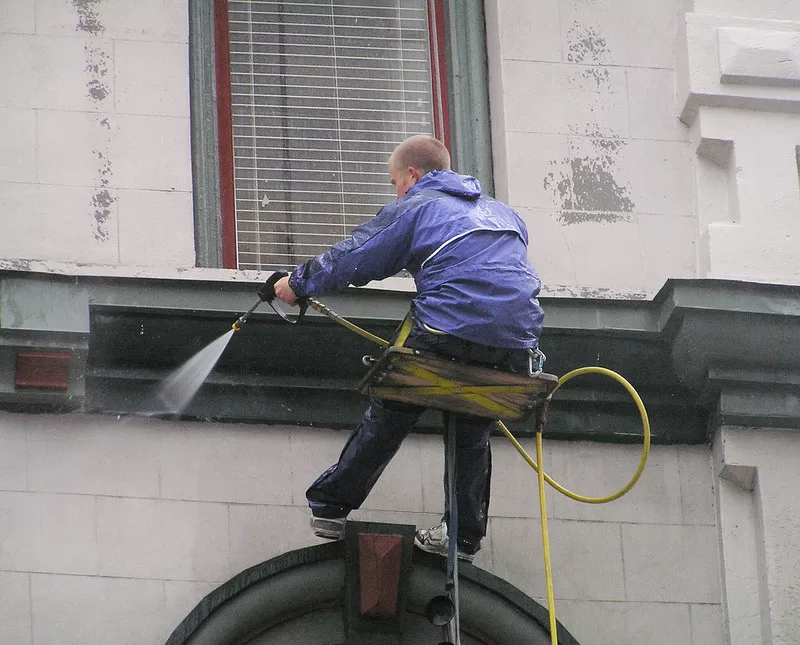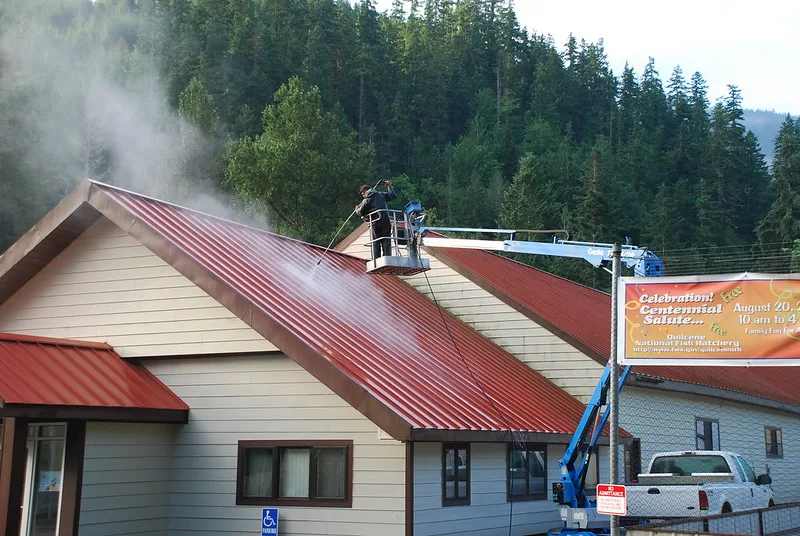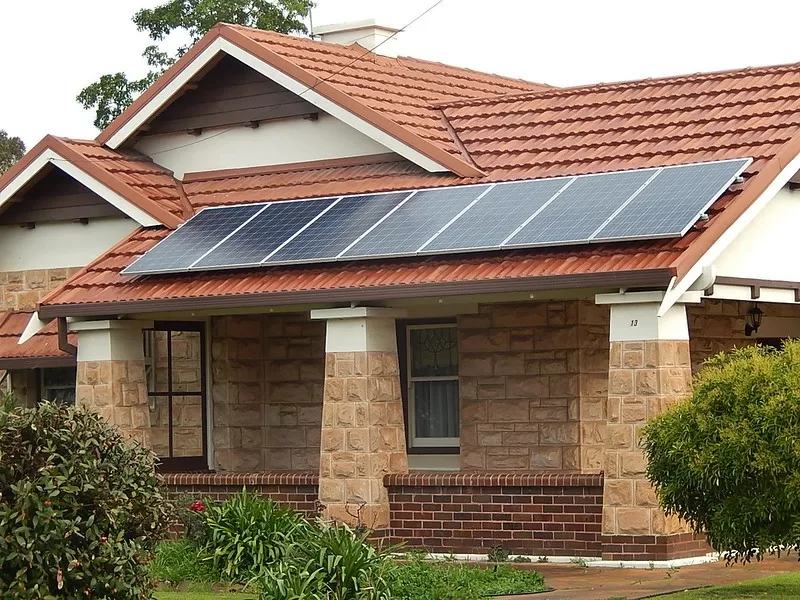Pressure washing, also known as power washing, is an effective technique for cleaning a variety of surfaces. Whether you want to revitalize your home’s exterior, remove stubborn stains from your driveway, or refresh your deck, pressure washing can deliver impressive results.

However, to ensure that you get the job done right and achieve the best possible outcome, it’s important to follow proper techniques and guidelines.
In this blog post, we will provide you with a comprehensive guide on how to use pressure washing effectively and efficiently.
1. Assess the Surface
Before you begin pressure washing, take the time to assess the surface you’ll be working on. Different surfaces require varying levels of pressure, and using excessive force can cause damage.
Determine the material of the surface, such as wood, concrete, or vinyl, and research the recommended pressure settings for that specific material. This will help you avoid any potential mishaps and achieve optimal cleaning results.
2. Choose the Right Equipment
Selecting the right pressure washer is crucial for a successful cleaning job. There are two main types of pressure washers: gas-powered and electric.
Gas-powered pressure washers are typically more powerful and suitable for heavy-duty tasks, while electric pressure washers are more lightweight and suitable for smaller, more delicate projects.
Consider the size of the area you’ll be cleaning and the level of power required to make an informed decision about the type of pressure washer that best suits your needs.
Read Also:
3. Safety First
Before you start pressure washing, it’s essential to prioritize safety. Wear protective gear, including safety goggles, gloves, and non-slip footwear, to protect yourself from debris and high-pressure water.
Use caution when handling the equipment, especially if you’re using a gas-powered pressure washer, as it may emit exhaust fumes. Familiarize yourself with the manufacturer’s instructions and safety guidelines to ensure a safe and accident-free cleaning process.
4. Prepare the Area
Proper preparation is key to a successful pressure washing job. Clear the area of any obstacles, such as furniture, toys, or plants that could be damaged by the high-pressure water.
Cover delicate surfaces, electrical outlets, and light fixtures to prevent damage. Sweep or brush away loose debris before starting the pressure washing process. If necessary, apply a suitable cleaning solution or detergent to the surface to help loosen dirt and grime.
5. Use the Correct Nozzle and Pressure
Pressure washers come with different nozzles that produce various spray patterns and pressure levels. Selecting the appropriate nozzle and pressure is crucial to achieving the desired results without causing damage.
For example, a nozzle with a narrow spray pattern and higher pressure may be suitable for removing tough stains on concrete, while a wider spray pattern and lower pressure may be more appropriate for cleaning delicate surfaces like wood.
Experiment with different nozzles and pressure settings to find the optimal combination for each surface you’re working on.
6. Maintain Proper Technique
To ensure an even and thorough cleaning, maintain a consistent distance between the nozzle and the surface. Holding the nozzle too close can cause damage, while holding it too far away may reduce the effectiveness of the cleaning.
Start with a wider spray pattern and gradually move closer to the surface if necessary. Use a sweeping motion, overlapping each stroke, to cover the entire area evenly. Take your time and be patient, especially when dealing with stubborn stains.
7. Clean in Sections
To prevent streaking and ensure a uniform cleaning process, divide the area into smaller sections and clean them one at a time.
This approach helps you keep track of the areas you’ve already cleaned and ensures that you cover the entire surface thoroughly. It also prevents the cleaning solution from drying before rinsing, which could leave residue behind.
7. Rinse Thoroughly
After applying the cleaning solution or detergent, thoroughly rinse the surface with clean water. Start from the top and work your way down to prevent any streaking or dripping.
Ensure that all soap residue is removed, as it can leave behind streaks or cause damage. Pay attention to hard-to-reach areas, corners, and crevices to ensure a comprehensive clean.
8. Post-Cleaning Maintenance
Once you’ve completed the pressure washing job, take some time to perform post-cleaning maintenance. Clean the pressure washer and its attachments, inspect the equipment for any signs of damage or wear, and store it properly according to the manufacturer’s instructions.
Proper maintenance ensures the longevity of your pressure washer and prepares it for future cleaning tasks.
9. Practice Environmental Responsibility
While pressure washing can be an effective cleaning method, it’s important to practice environmental responsibility. Avoid using excessive amounts of water by pre-soaking the surface, using the appropriate pressure settings, and focusing on targeted areas rather than indiscriminately spraying water everywhere.
Use eco-friendly cleaning solutions whenever possible, and dispose of any waste materials responsibly according to local regulations.
Conclusion
In conclusion, pressure washing can be a highly effective method for cleaning various surfaces, but it requires proper technique and attention to detail.
By assessing the surface, choosing the right equipment, prioritizing safety, preparing the area, using the correct nozzle and pressure, maintaining proper technique, cleaning in sections, rinsing thoroughly, practicing post-cleaning maintenance, and practicing environmental responsibility, you can ensure that you get the job done right with pressure washing.
Follow these guidelines, and you’ll be able to achieve excellent cleaning results while protecting the surfaces you’re working on and promoting a safe and sustainable cleaning process. Happy pressure washing!









